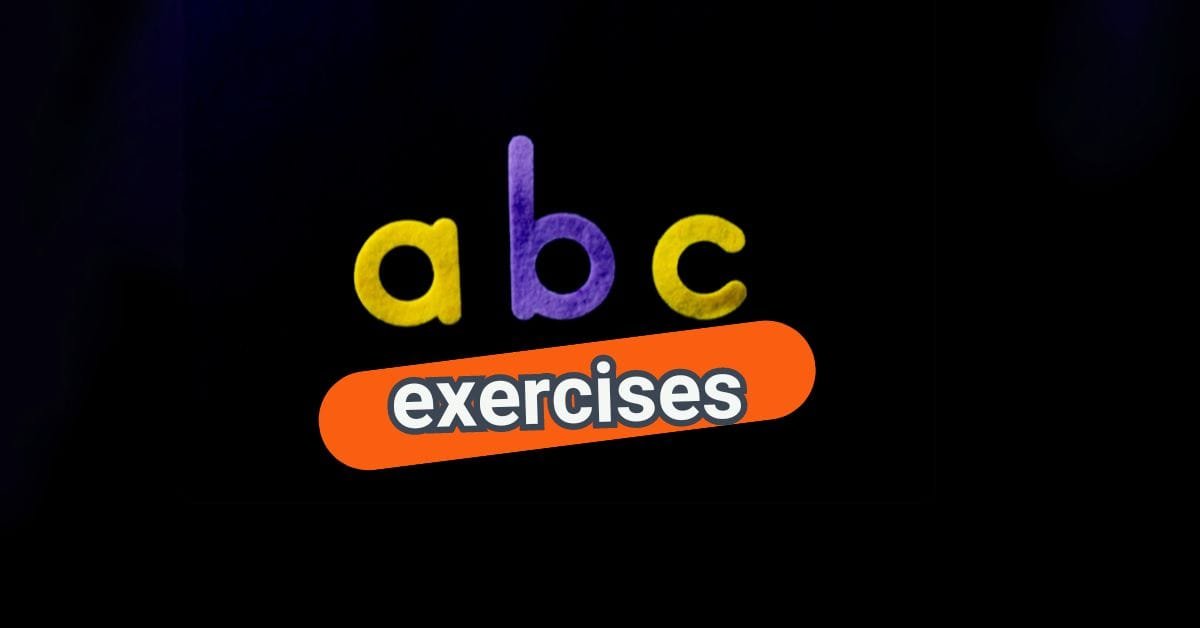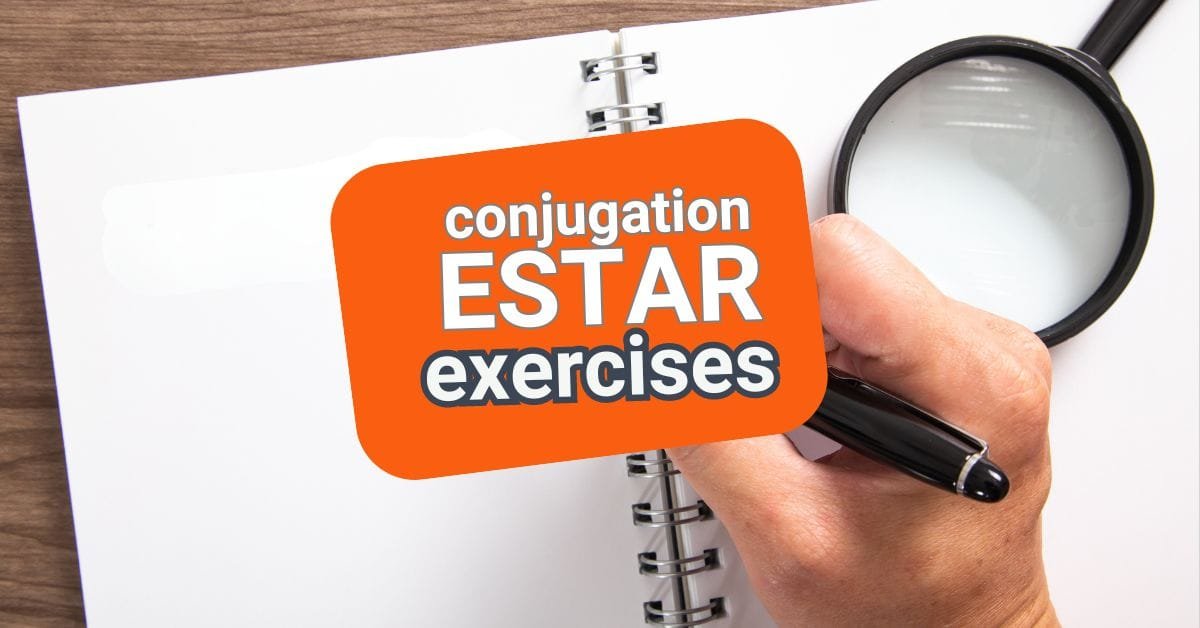Conjugate “Estar” in Present Tense. A quick, easy and efficient guide to master to be verb in Spanish. If you’re learning Spanish, mastering the verb estar is essential. Alongside ser, it’s one of the two verbs that mean “to be” in Spanish. But unlike ser, estar is used to talk about temporary states, emotions, locations, and ongoing actions. In this article, you’ll learn how to conjugate estar in the present tense, when to use it, and practice with an interactive exercise.
Before diving into other tenses of estar—like the past (estaba, estuve) or the future (estaré)—it’s essential to build a strong foundation with the present tense. This is the form you’ll use most often in day-to-day situations, especially when describing how you feel, where you are, or what you’re doing right now. Mastering the present tense of estar makes your conversations more natural and helps you express your reality as it unfolds, making Spanish feel immediately useful and relevant.
This article is ideal for learners at A1 to B1 levels, especially if you’re focusing on everyday communication.
How to Use “Estar” in the Present Tense
The verb “estar” is one of the two Spanish verbs that mean “to be” (the other is “ser”). We use “estar” in the present tense when talking about temporary states, emotions, conditions,ongoing actions and locations. For example, if you want to say “I am tired,” or “She is at home,” you’ll use a form of “estar.” This verb is especially helpful when describing how someone feels or where someone or something is right now.
When to Use Estar
Use the verb estar to express to express not permanent states or conditions. Here you have some examples:
- Location: “Estoy en casa.” (I’m at home) or. “Estamos en clases.“ (We are in class.)
- Emotions: “Estás feliz.” (You are happy) or “Estoy preocupado” (I’m worried.)
- Temporary physical states: “Él está enfermo.” (He is sick) or “Ella está ocupada“ (She is busy.)
- Ongoing actions (with gerund): “Estamos estudiando.” (We are studying.) or “Ustedes están caminando“ (you’re walking).
These situations often describe situations or actions subject to change. This changeable state is the key difference with the more permanent uses of ser.
Looking for more grammar help? Try our Grammar Challenge: Ser vs Estar or dive into The Secret to Mastering Spanish Sentence Structure.
Present Tense Conjugation of Estar
To use “estar” in the present tense, you need to learn its irregular conjugation. Here are the forms:
| Subject | Conjugation |
|---|---|
| Yo | estoy |
| Tú | estás |
| Él / Ella / Usted | está |
| Nosotros/as | estamos |
| Vosotros/as | estáis |
| Ellos / Ellas / Ustedes | están |
Note: “Estar” doesn’t follow the normal rules for -ar verbs in the present tense. Its forms are irregular, so you’ll need to memorize them instead of using a regular pattern. These forms are irregular, so don’t try to apply regular -ar verb rules!
Exercise: Fill in the Blanks – Present Tense of Verb Estar
Now it’s time to put your knowledge into practice! In the interactive exercise below, you’ll complete sentences using the correct form of the Spanish verb estar in the present tense.
👉 Instructions: Fill in the correct form of verb estar in present tense. Type your answers in Spanish. Each blank comes with a clue in parentheses to help you identify the correct grammatical person (for example, “First person singular” means “yo”). Be sure to pay attention to accent marks, as they are essential in Spanish and count in your answers. Good luck! (¡Buena suerte!)
Practice Tips and Another Exercises (Verbs and Vocabulary)
Want to reinforce these verbs with more exercises? Try:
✅ Top 20 Spanish Verbs and Their Conjugations
✅ Vocabulary Drill: Daily Activities in Spanish
Another Resources to improve your Spanish
Watch helpful grammar videos on our favorite Spanish YouTube channel: Spanish NOW
Mastering the conjugation of estar in the present tense is a crucial step in your Spanish learning journey. This verb appears in countless everyday situations, especially when talking about emotions, locations, and temporary states. By practicing regularly and paying close attention to grammatical cues—like subject pronouns and accent marks—you’ll soon feel more confident using estar naturally in any conversation.
Quick tip for choosing between Ser and Estar
Here is an important tip for discerning about what Spanish verb to be use in any particular situation. If you’re ever unsure whether to use ser or estar, ask yourself:
Is this a permanent trait or a temporary situation?
If it’s the latter—like someone’s mood or location—estar is your go-to verb.
At first it could feel a little strange or difficult, but as you practice, you’ll get the right verb with easy and confidence. Keep reviewing, keep practicing, and don’t forget to explore more grammar resources on our site to strengthen your Spanish skills even further.
Si quieres aprender el verbo estar, ¡Estás en el camino correcto! 💪🇪🇸


